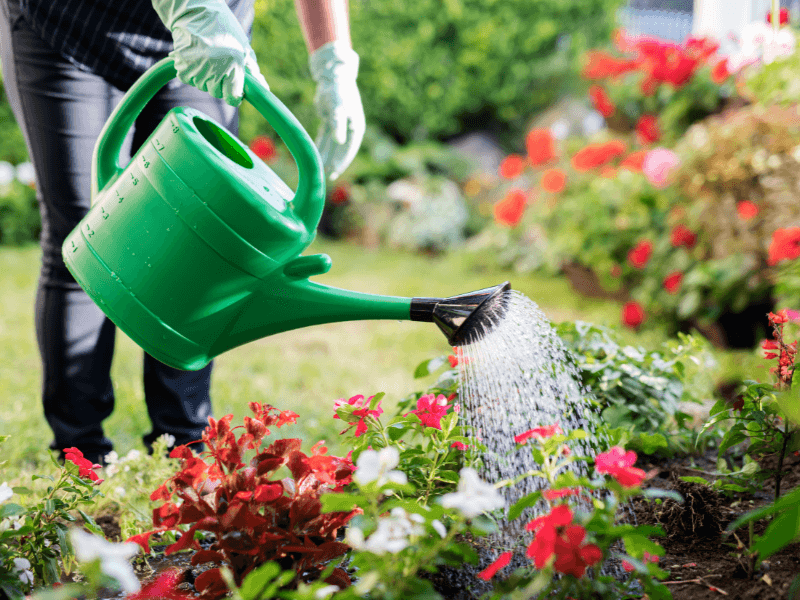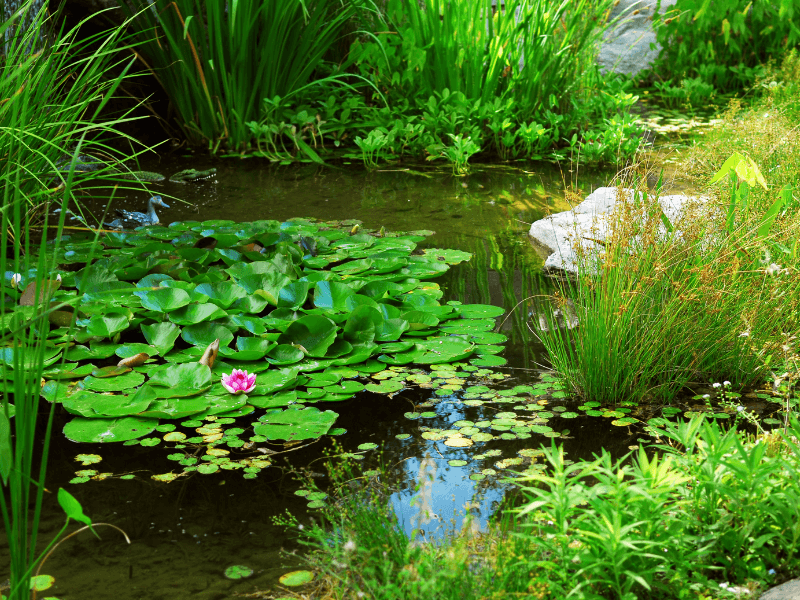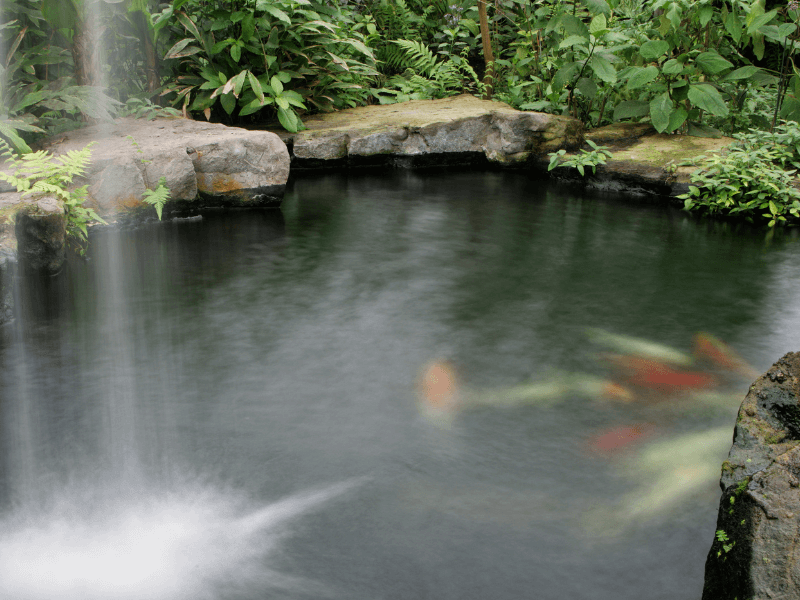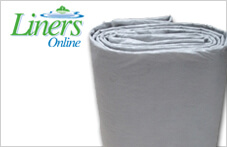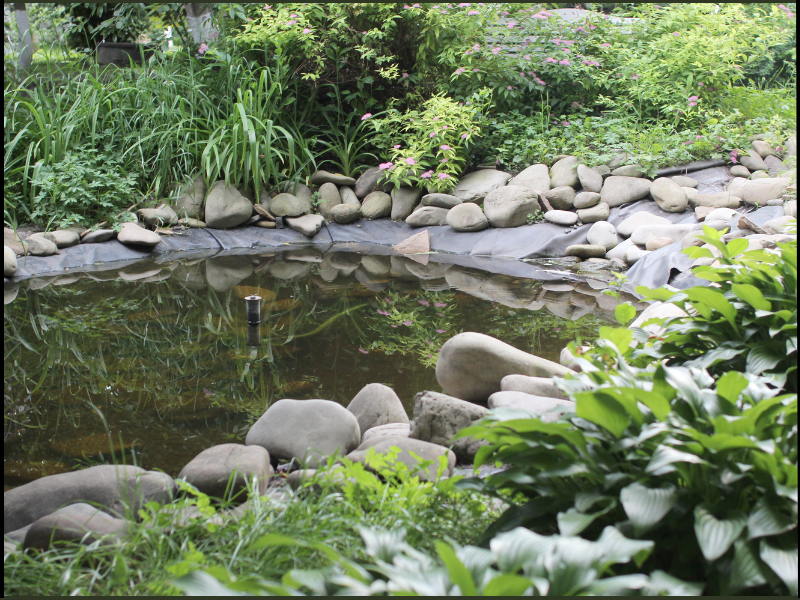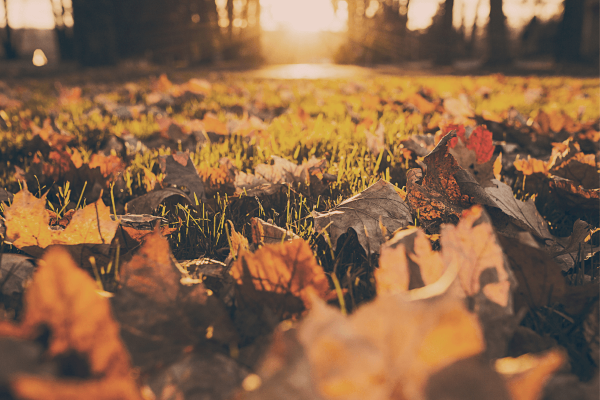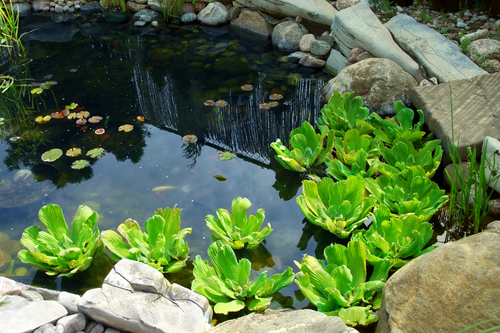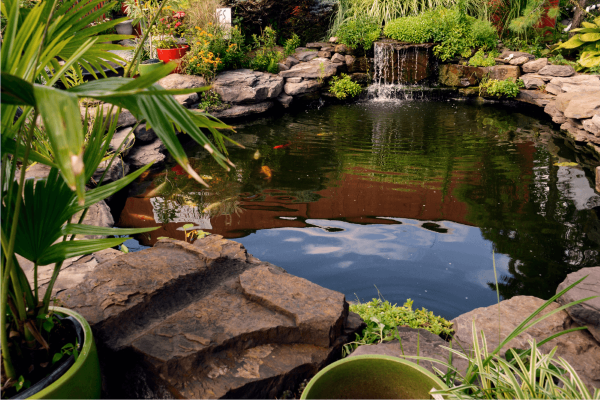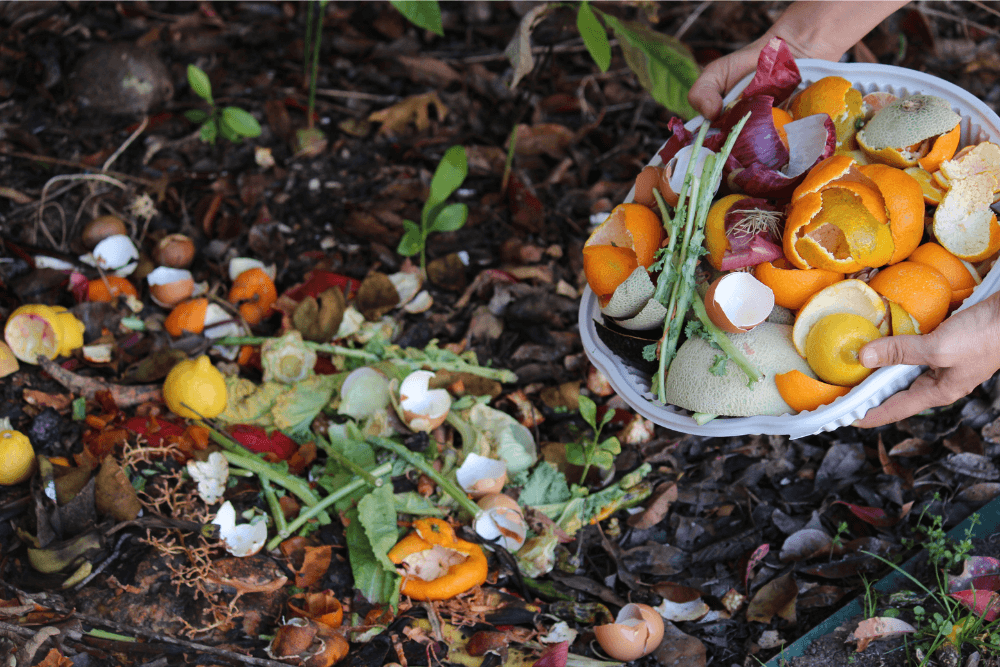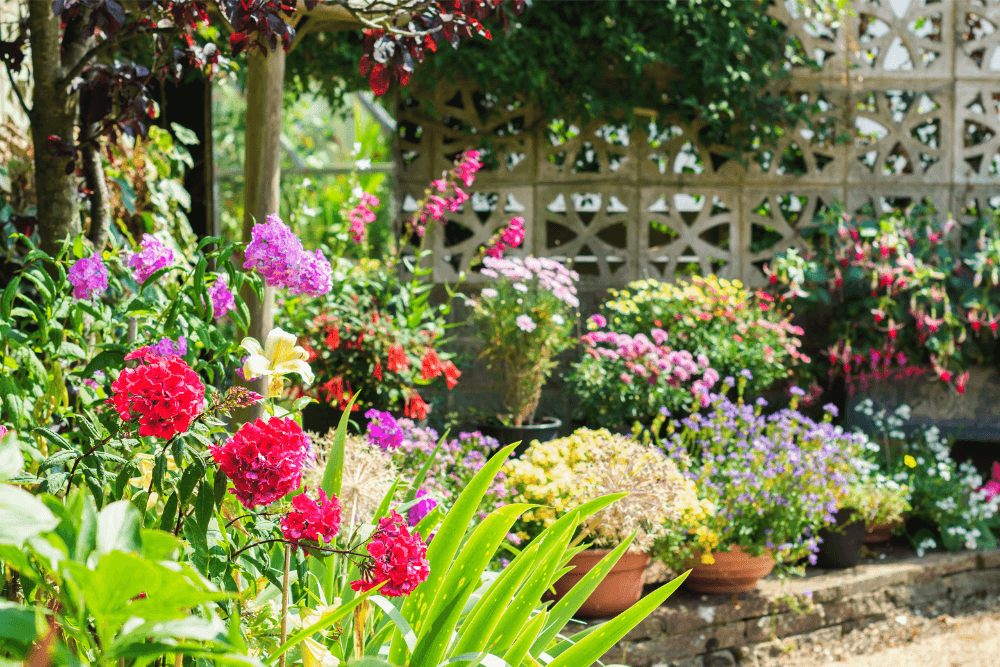Many UK gardeners are now asking for advice on how to make gardens wildlife-friendly year-round. So here are a few suggestions that we hope will help especially for those new to gardening.
1. Leave Some Areas Untidy
- Avoid cutting back all plants: Seed heads from teasels, sunflowers, and grasses provide food for birds and shelter for insects.
- Leave leaf litter and dead wood: They offer warmth and nesting materials for hedgehogs, frogs, toads, and overwintering insects.
- Pile up fallen logs or branches: These create habitats for beetles, centipedes, and fungi.
2. Provide Shelter and Nesting Sites
- Hedgehog homes: Place a hedgehog house in a quiet, sheltered corner, filled with dry leaves and straw.
- Bug hotels: Build or buy an insect hotel with bamboo, twigs, and bark. Place it in a dry, south-facing spot.
- Bird boxes: Put up nest boxes now so birds can roost in them over winter and be ready for spring nesting.
3. Feed the Birds
- Regular feeding: Offer high-fat foods such as suet, fat balls, peanuts, and sunflower hearts.
- Keep feeders clean: Prevent the spread of disease by washing feeders regularly with hot water.
- Provide variety: Different birds prefer different foods — for example, mealworms for robins, nyjer seeds for finches.
4. Provide Fresh Water
- Keep water ice-free: Float a small ball (like a ping-pong ball) in birdbaths or ponds to prevent total freezing.
- Clean birdbaths regularly: Dirt and algae can harbour disease.
- Shallow dishes: Provide safe drinking spots for smaller creatures.
5. Grow and Maintain Winter Plants
- Winter-flowering plants: Ivy, mahonia, and winter heather provide nectar for bees and other pollinators active on mild days.
- Native berries: Holly, hawthorn, and rowan offer natural food for birds.
- Leave ivy: It gives both food (flowers and berries) and shelter (dense cover).
6. Look After Ponds
- Don’t let ponds freeze completely: Keep an area ice-free for oxygen exchange.
- Avoid disturbing the water: Hibernating frogs and newts rest at the bottom; stirring them up can be harmful.
- Remove fallen leaves: Prevent decay that can reduce oxygen levels.
7. Avoid Chemicals
- Skip pesticides and slug pellets: They harm beneficial insects and birds.
- Choose natural methods: Use copper tape, beer traps, or simply let predators like frogs and hedgehogs handle pests naturally.
8. Plan Ahead for Spring
- Plant native shrubs and trees: They’ll provide food and shelter for wildlife next year.
- Create a mini meadow or wildflower patch: Prepare the ground now for sowing in early spring.
- Compost: Start or maintain a compost heap — it’s great for soil health and provides warmth and shelter for worms and insects.







